The Wadden Sea, located in the southeastern part of the North Sea, offers unique geological and ecological values to the region. Spanning an area across Germany, Denmark, and the Netherlands, it is locally known for its landscape variety: from intertidal sand and mud flats to beaches and salt marshes, all supporting a rich biodiversity. The Wadden Sea obtained the UNESCO World Heritage Site status in 2009. Here are 8 facts you may not know about the Wadden Sea yet.
By Teagan Prawmanee Intaralib
1. It’s the largest system of intertidal sand and mud flats
The Wadden Sea is the world’s largest system of intertidal sand and mud flats covering 1,143,403 hectares. It became a UNESCO World Heritage Site in 2009, meeting three of the ten criteria for its outstanding universal value; geological process, ecological and biological process, and biodiversity [1].
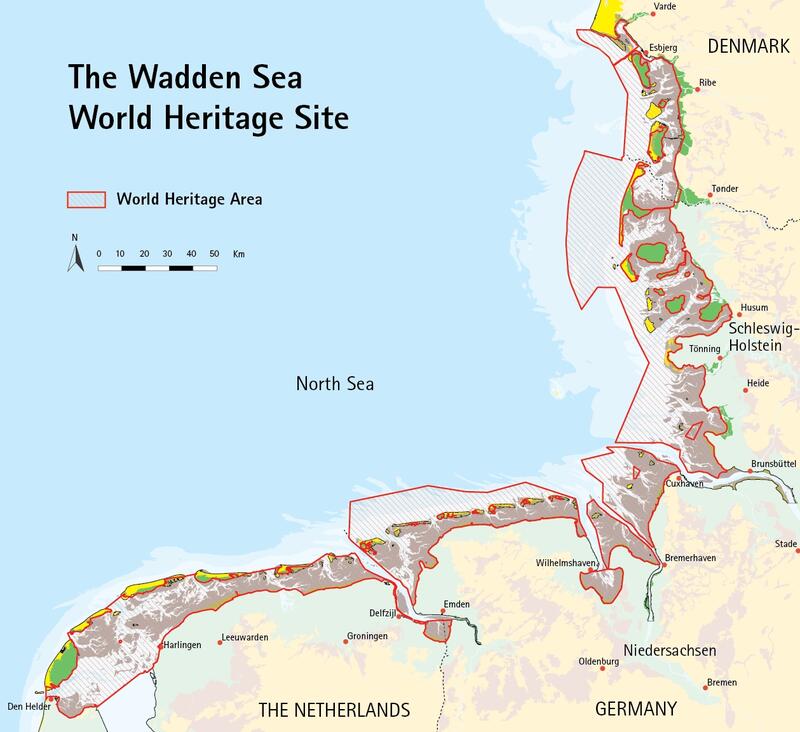
2. You can walk on its seabed during low tide
During low tide, you can walk on the seabed from the Dutch coast all the way to the Frisian Islands. ‘Wadlopen’ or mud flat walking is one of many unique activities to experience around the Wadden Sea region. Guided tours are recommended for safety and an immersive and educational adventure for visitors while exploring beautiful nature and wildlife [2]. Many locals can be seen venturing through the mud flats at low tide with metal detectors.
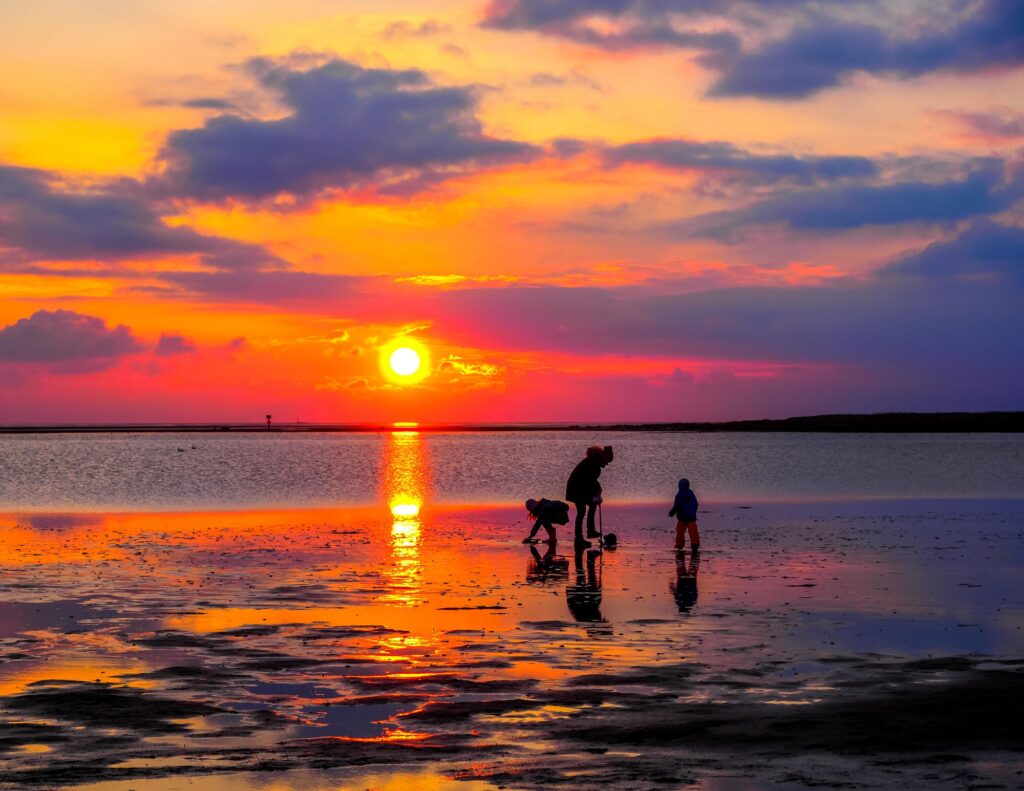
3. It has some of the Darkest Nights
Experience one of the darkest nights at Lauwersmeer National Park. Situated along the coast of the Wadden Sea, a recognised Dark Sky Park welcomes visitors to experience nature without the interference of light pollution [3]. Home to the darkest nights in the Netherlands, night-time excursions and stargazing are a must if you’re in the area. If you’re lucky, you might get a glimpse of the Northern Light as well!
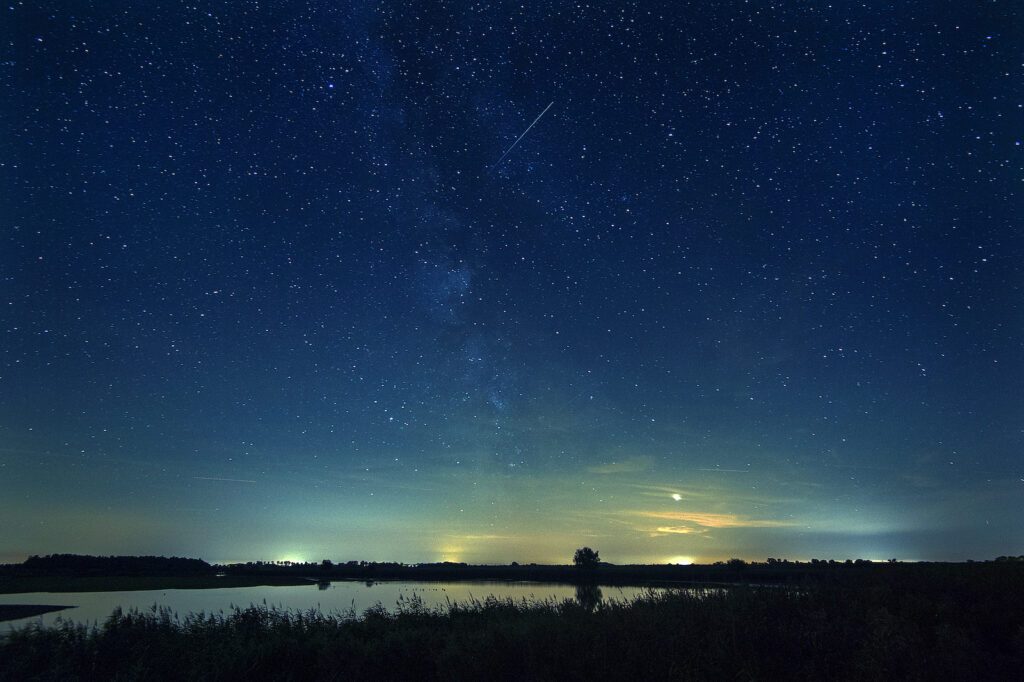
4. It has beautiful islands with white sand beaches
One is Texel Island – the largest Dutch Wadden Island – which spans around 9 kilometres in width and 25 kilometres in length [4]. The island is known for its white sand beaches, vast dunes and salt marshes. You can enjoy relaxing on the beach and even make a seal friend or two. Hiking and cycling through Texel National Park are among the many activities the Texel island has to offer.
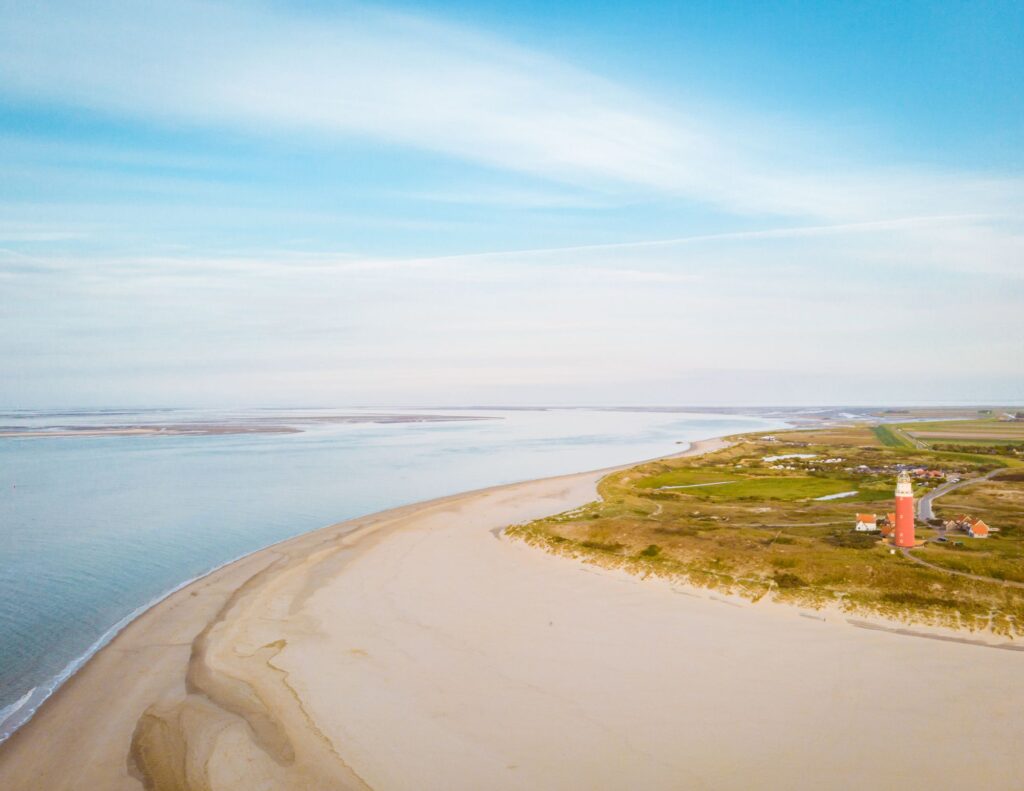
5. A 17th-century dress was discovered here
Dutch divers found an almost-intact 17th-century dress in the Wadden Sea. A beautifully preserved dress from the 17th century was found, along with several other artefacts, from a wreck at the bottom of the Wadden Sea. During a dive expedition in 2014, multiple pieces from the Palmhoutwrak (Palmwood wreck) were brought to the surface. The dress, made of silk satin, is decorated with intricate woven floral motifs. Its style resembles Western European fashion in the early 17th century, between 1620 and 1630. It is believed to be an everyday dress for a wealthy woman of the highest social class because of its expensive materials [5]. The dress is displayed in Museum Kaap Skil on Texel Island, where you can also view other artefacts from the Palmwood wreck.
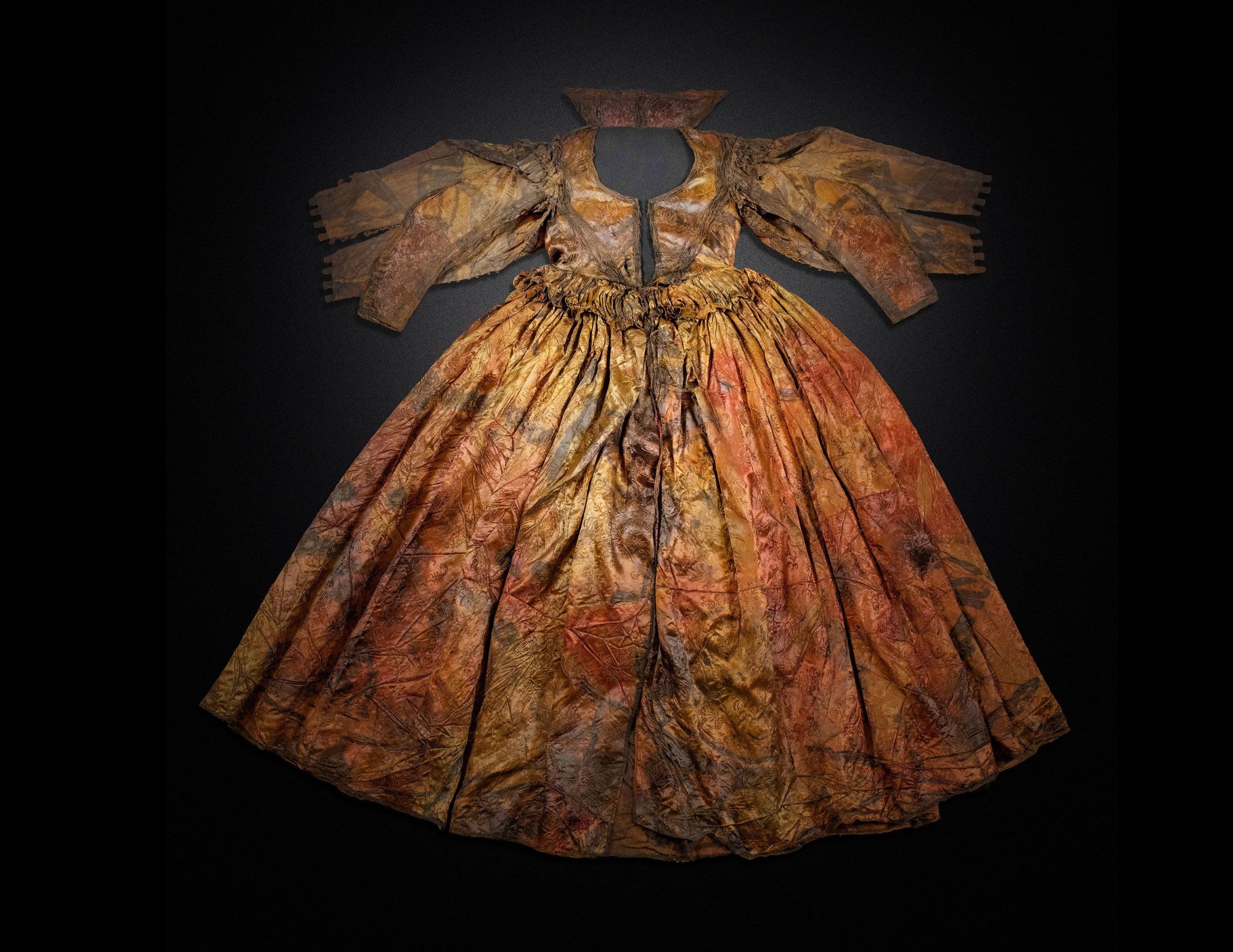
6. The Wadden Sea is a protected ecological entity
The Wadden Sea has been protected as an ecological entity since 1978. Under the Trilateral Wadden Sea Cooperation, Denmark, Germany, and the Netherlands have been working on its protection and conservation while stimulating collaboration between local, national, and international stakeholders. This cooperation also instigates knowledge exchange and effective biodiversity monitoring [6].
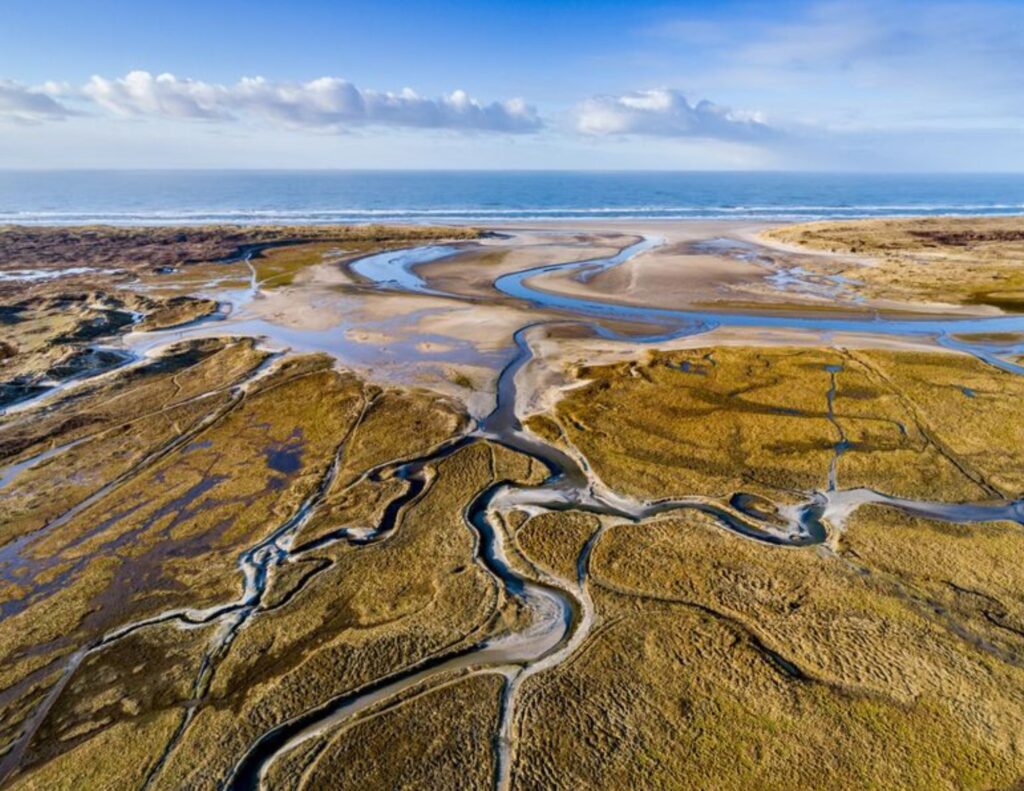
7. It’s a birdwatcher’s paradise
The Wadden Sea area is home to almost one million ground-breeding birds, belonging to 31 species. Yearly, the protected area is used by up to 12 million birds. The region provides plenty of food and refuge for migratory and breeding birds. You can find many bird observation huts along the coast, making it a birdwatcher’s paradise [2].
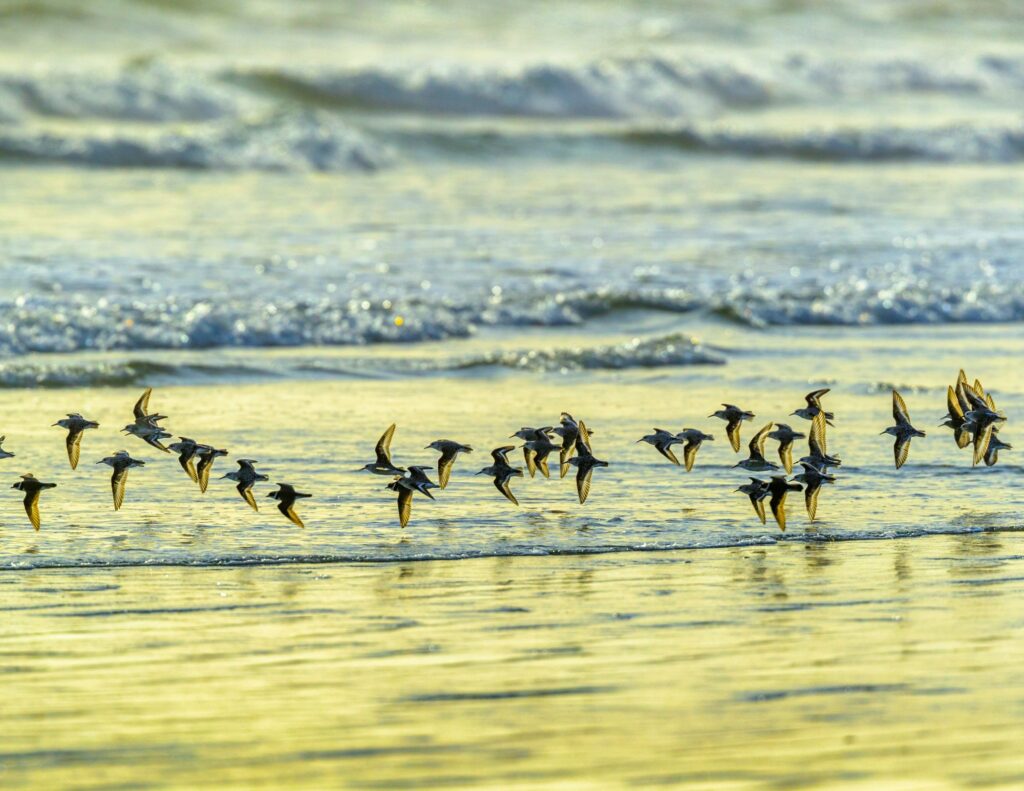
8. Harlingen now has a Bubble Barrier
A Bubble Barrier in Harlingen is now protecting the Wadden Sea. The latest Bubble Barrier system was recently implemented in the Van Harinxmakanaal canal in Harlingen, Friesland. As Friesland’s only seaport, Harlingen is the gateway to the Wadden Sea. The citizen-initiated project Bubble Barrier Harlingen is the first Bubble Barrier to stop plastic pollution from flowing into the UNESCO Heritage Site the Wadden Sea and helps keep Harlingen’s coastline clean.
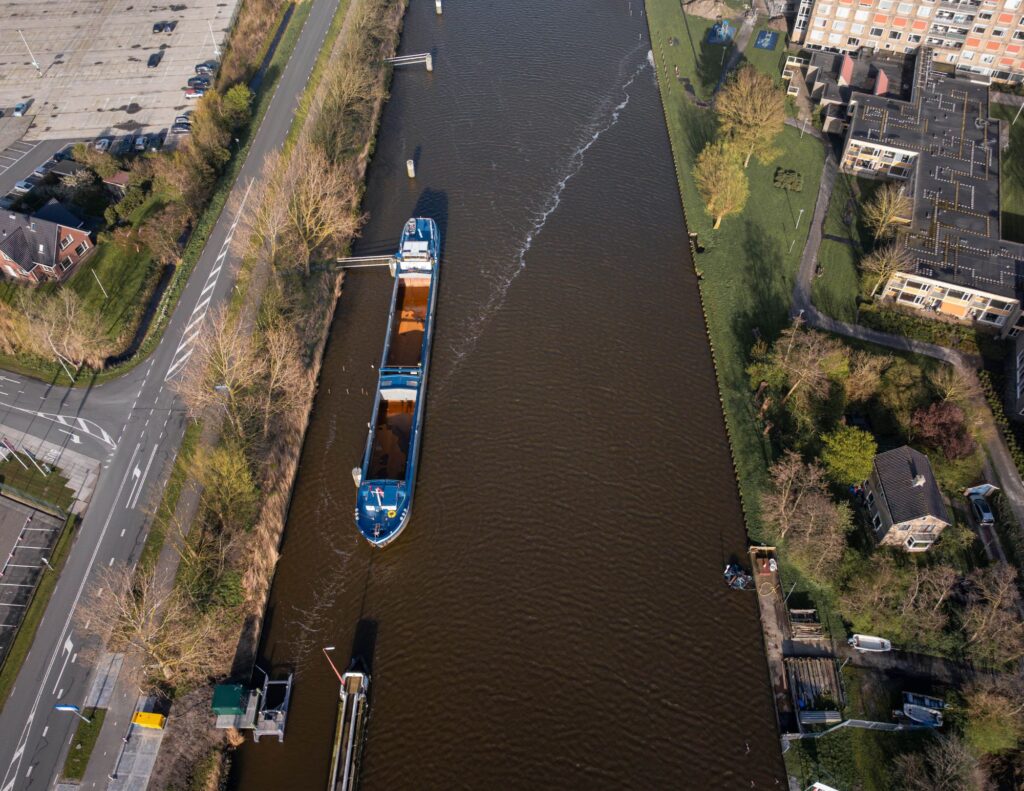
References
[1] UNESCO World Heritage Convention (n.d.), Wadden Sea, available at https://whc.unesco.org/en/list/1314/
[2] Netherlands (n.d.), Wadden Sea World Heritage Site, available at https://www.holland.com/global/tourism/get-inspired/current/unesco/wadden-sea-world-heritage-site
[3] Visit Groningen (n.d.), Dark Sky Park, available at https://www.visitgroningen.nl/en/locations/province/dark-sky-park
[4] Texel (n.d.), Texel, available at https://www.texel.net/en/
[5]Museum Kaap Skil (n.d.), Collection Highlights, available at https://kaapskil.nl/en/discover/collection-highlights/
[6] Wadden Sea World Heritage (n.d.), Our World Heritage, available at https://www.waddensea-worldheritage.org/common-wadden-sea-secretariat




